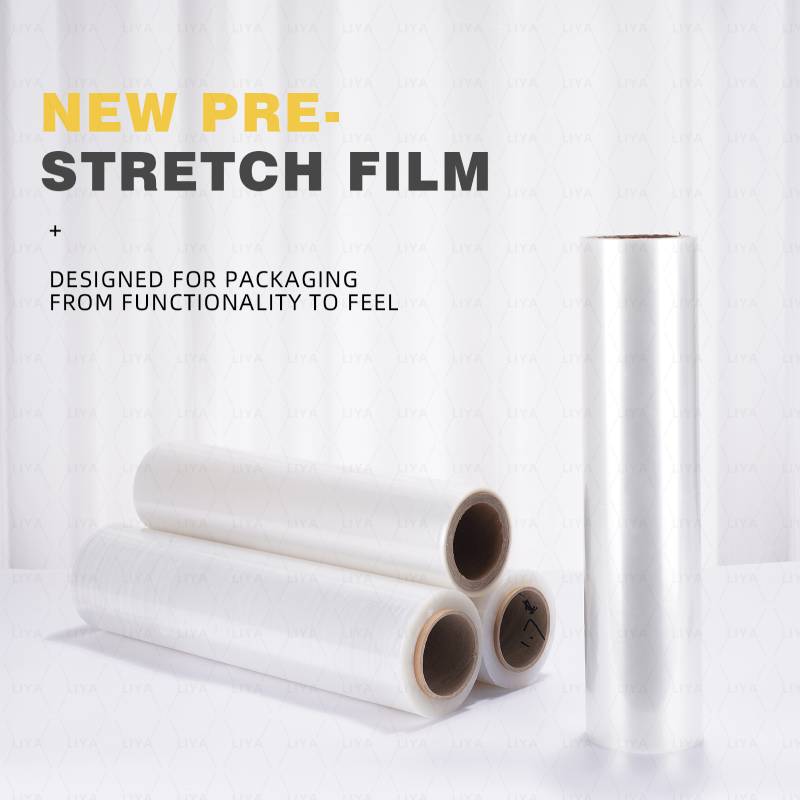PE Perforated Film – Versatile Solutions for Your Packaging Needs
Understanding PE Perforated Film A Versatile Packaging Solution
Polyethylene (PE) perforated film has emerged as a popular material in various industries, primarily due to its unique properties and versatile applications. This film, which features small holes or perforations, offers several advantages that make it an ideal choice for packaging and other uses.
What is PE Perforated Film?
PE perforated film is a type of plastic film made from polyethylene, a widely used polymer known for its durability, flexibility, and moisture resistance. The perforation process involves creating tiny holes in the film, which allows for better air circulation while still providing a protective barrier. This is particularly beneficial in applications where moisture control and breathability are crucial, such as in food packaging and agricultural use.
Applications of PE Perforated Film
1. Food Packaging In the food industry, maintaining the freshness of products is paramount. PE perforated film is commonly used for packaging fruits, vegetables, and other perishable items. The perforations allow excess moisture to escape, reducing the likelihood of rot and spoilage while keeping the food fresh for longer periods.
2. Agricultural Uses In agriculture, PE perforated film is often used as mulch film in gardening and crop production. The perforations help regulate soil temperature and moisture levels while allowing air and water to penetrate. This creates a favorable growing environment for plants and can significantly enhance crop yields.
3. Industrial Applications Many businesses utilize PE perforated film for packaging industrial items. Its durability and strength make it suitable for wrapping products while the perforations ensure that air can circulate, preventing condensation and damage to the items being packaged. This is particularly crucial for products sensitive to moisture.
pe perforated film

4. Medical and Hygiene Products The healthcare sector also benefits from PE perforated film, especially in the production of breathable medical packaging. The perforated design allows for necessary air exchange while providing a protective barrier against contaminants, making it ideal for packaging medical devices and hygiene products.
Benefits of PE Perforated Film
- Breathability One of the main advantages of PE perforated film is its breathability. The small holes facilitate air circulation, which is essential for reducing moisture and preventing bacterial growth, especially in food and agricultural applications.
- Customization PE perforated film can be produced in various thicknesses, sizes, and perforation patterns to suit specific needs, making it a customizable solution for different industries.
- Cost-Effectiveness Compared to other packaging materials, PE perforated film is often more affordable, offering businesses a cost-effective option without compromising quality.
- Environmental Considerations As the world leans towards sustainability, many manufacturers are now producing PE films that are recyclable. This eco-friendly approach aligns with the growing demand for sustainable packaging solutions.
Conclusion
PE perforated film is a dynamic packaging material that plays a significant role across multiple industries. Its unique combination of breathability, durability, and versatility makes it suitable for various applications, from food packaging to agricultural uses. As businesses continue to seek innovative and sustainable solutions, the demand for PE perforated film is likely to grow, further solidifying its place as a valuable asset in the packaging landscape.
-
Stretch Film Solutions: A Comprehensive GuideNewsJun.03,2025
-
Stretch and Shrink Packaging SolutionsNewsJun.03,2025
-
Revolutionizing Packaging with Modern Wrapping SolutionsNewsJun.03,2025
-
Innovative Solutions for Silage and Window TintingNewsJun.03,2025
-
Efficient Packing with Stretch Wrap SolutionsNewsJun.03,2025
-
Effective Packaging with Stretch Wrap SolutionsNewsJun.03,2025
-
Have the freedom of customizing your custom mailers any way you want! Our dedicated packaging support will help deliver you the mailing experience you need to elevate your shipping experience to the next level! Start making a strong impression on your customers and stand out from your competitors! -
LIYA uses high quality raw materials which directly purchased from large enterprises domestic and overseas such as PetroChina, Sinopec, Sabic, Equate, ExxonMobil, Dow Chemical, Total, and Borouge, ensuring the price advantage and quality of the raw materials. -
LIYA uses high quality raw materials which directly purchased from large enterprises domestic and overseas such as PetroChina, Sinopec, Sabic, Equate, ExxonMobil, Dow Chemical, Total, and Borouge, ensuring the price advantage and quality of the raw materials.





